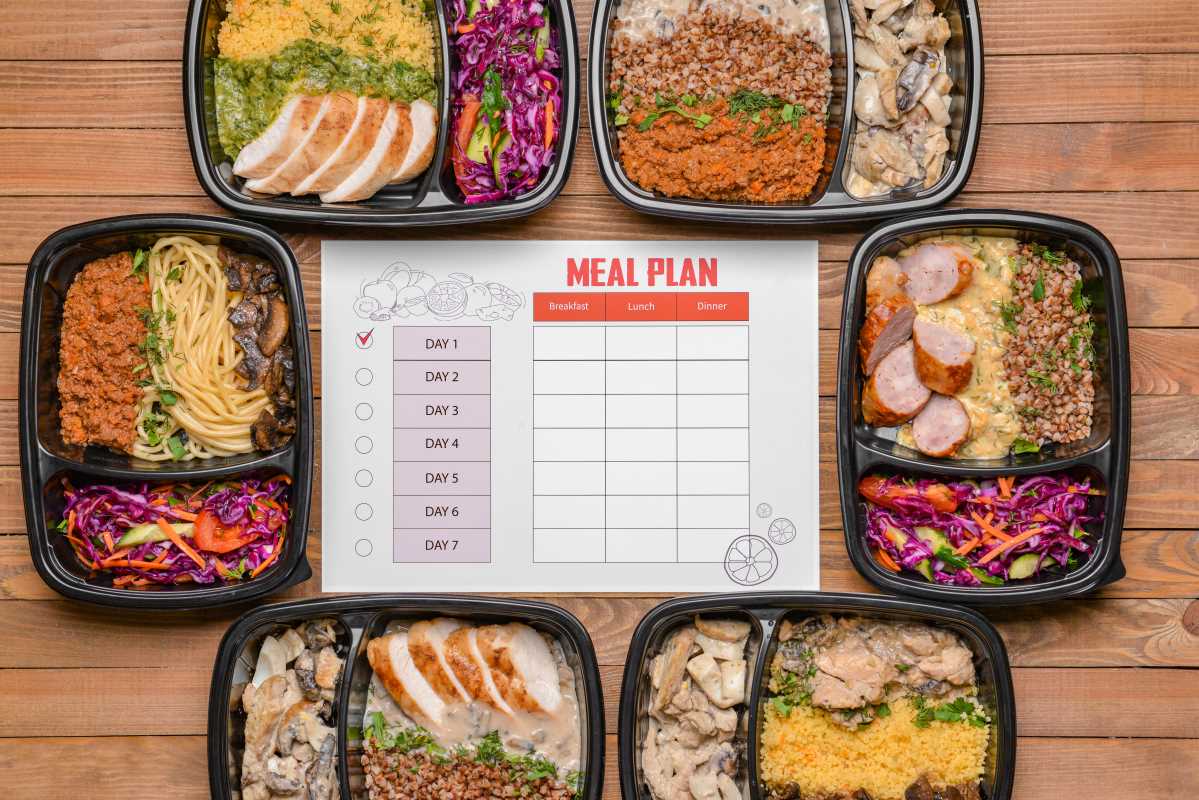Small decisions, like choosing between rent, groceries, streaming subscriptions, or that daily coffee, shape your daily life in ways you might not expect. How you manage each expense today affects more than just your bank balance—it can set the tone for your meals, your morning routines, and your sense of control over your finances. Making thoughtful choices about where your money goes opens doors to healthier habits, less stress, and the satisfaction that comes from seeing your paycheck support your goals. When you direct your spending with care, you create opportunities for comfort, enjoyment, and lasting peace of mind.
Seeing Purchases Through Your Well-Being Lens
- Focus on daily rituals that reset your mindset: When you set aside a minute each evening to review where you allocated funds, you turn spending into an act of self-reflection. Instead of feeling guilty over impulse buys, you gain insight into patterns and swap habits that drain both your wallet and your motivation. This small shift strengthens your mental clarity so you can wake up energized.
- Create spending checkpoints tied to personal goals: Link each purchase to a specific aim—like saving up for community classes or stress-relief weekends. By asking “Does this move me closer to my goal?” you turn every swipe into a mindful choice. Over time, that practice reduces decision fatigue and fuels the excitement of progress.
- Reframe indulgences as long-term investments: Whether you’re picking a nutritious snack or an online workout class, consider how small treats can boost focus and energy. Viewing a healthy smoothie purchase as fuel for creativity makes room for joy without derailing your budget.
Habit-Driven Budgeting That Sticks
Mapping your income and expenses in simple categories prepares you to handle life’s curveballs. You don’t need a complex spreadsheet; refining one clear framework allows you to prioritize essentials like sleep, exercise gear, or mental health apps. When you see where each dollar goes, you reduce the anxiety that comes with uncertainty.
Start by dividing your take-home pay into three buckets: immediate needs (groceries, rent), intentional treats (coffee meetups, hobby supplies), and buffer funds (emergency stash). Reviewing these categories weekly helps you build a routine that feels as natural as checking messages on your phone.
Everyday Strategies in Action
- Morning Review Ritual
- Purpose: Begin each day by scanning your bank app for recent transactions.
- Steps:
- Open your mobile banking platform and filter for the last 24 hours.
- Highlight any out-of-pattern charges and tag them with custom labels.
- Allocate unplanned expenses into an “adjustment” line in your budget.
- Cost: Free with most banking apps.
- Insider Tip: Use color-coded labels—green for essentials, yellow for optional—to spot trends faster.
- Weekly Check-In Session
- Purpose: Carve out fifteen minutes every Sunday evening to tally your spending against your goals.
- Steps:
- List each category total (housing, food, fun).
- Compare to your target amounts and note any overages.
- Plan adjustments for the upcoming week by shifting funds between categories.
- Cost: Zero if you use a notebook; under $10 for a dedicated budgeting journal.
- Insider Tip: Place your journal next to your toothbrush so you never skip the ritual.
- Accountability Partner Text
- Purpose: Team up with a friend for midweek check-ins via message.
- Steps:
- Agree on a simple template: date, total spent, biggest challenge.
- Text that update by Wednesday evening.
- Offer one tip or cheer each time you talk.
- Cost: Free texting plans or messaging apps.
- Insider Tip: Use a shared digital whiteboard to celebrate small wins visually.
Tools That Keep Good Habits Alive
- Zero-Based Budget Spreadsheet
- Benefit: You eliminate waste by pre-planning each allocation.
- Steps:
- Download a free template.
- Input your net income.
- Allocate funds to categories until your balance hits zero.
- Cost: Free from community finance sites.
- Insider Tip: Color-code categories by priority so you see essentials at a glance.
- Peer-Pooled Savings App
- Benefit: Collective accountability keeps you motivated to meet targets.
- Steps:
- Create a shared goal within the app.
- Invite two to four friends.
- Schedule automatic weekly deposits.
- Cost: Typically under $2 per month.
- Insider Tip: Rotate the group facilitator weekly to boost engagement.
- Reward-Tracking Journal
- Benefit: You learn which buys spark genuine satisfaction versus fleeting thrill.
- Steps:
- Buy or print the journal template.
- Every time you buy, rate your happiness on a scale from 1 to 10.
- Review weekly entries to fine-tune your commitments.
- Cost: Under $15 for a guided notebook.
- Insider Tip: Add stickers for days you hit five purchases under budget to reinforce progress.
- Envelope System Wallet
- Benefit: You see cash disappearing, which reduces mindless swipes.
- Steps:
- Withdraw your weekly discretionary allowance.
- Fill envelopes labeled “dining,” “social,” and “entertainment.”
- When an envelope is empty, you pause spending until next week.
- Cost: Just the price of a pack of durable envelopes.
- Insider Tip: Decorate each envelope with a motivating quote to keep morale high.
- Price-Tracking Browser Extension
- Benefit: You avoid impulse buys at peak prices.
- Steps:
- Install the extension on your browser.
- Pin items to your watchlist.
- Wait for the extension’s price-drop alert.
- Cost: Free with most popular retailers.
- Insider Tip: Only pin three items at a time to prevent choice overload.
Every mindful dollar you allocate builds momentum toward a less stressful, more fulfilling daily routine. When you see each expense as a step toward better health—financially and physically—you keep both your budget and your energy balanced. Smart spending and intentional choices support your well-being, giving you more room to breathe, grow, and enjoy life.
Apply these practical methods now to see positive changes in your spending habits, health, and peace of mind.



.jpg)



